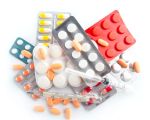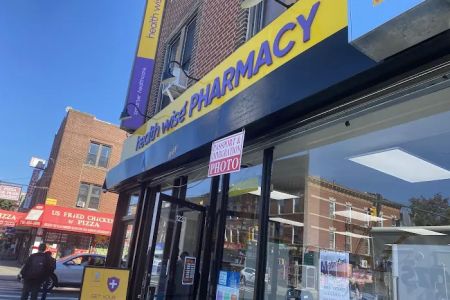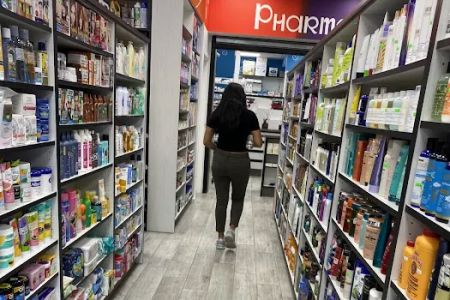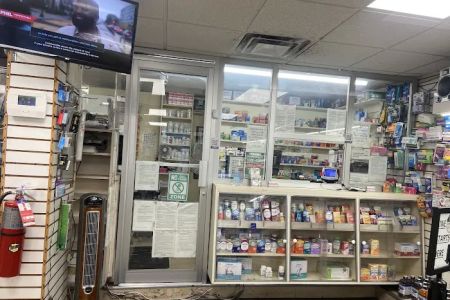Pharmacy Strategies for Managing High-Alert Medications
As a pharmacist, I have witnessed the critical role that proper medication management plays in ensuring patient safety. Among the many responsibilities we handle daily, managing high-alert medications stands out as one of the most crucial tasks. High-alert medications are drugs that carry a higher risk of causing significant harm to patients if used incorrectly. These medications, while essential in treating certain conditions, require a higher level of vigilance and meticulous handling to prevent errors. Through my years of experience, I’ve learned a great deal about the best strategies for managing these medications safely, and I’d like to share these insights with you.
1. Understanding High-Alert Medications
Before diving into strategies, it’s important to understand what constitutes high-alert medications. These drugs include, but are not limited to, anticoagulants like warfarin, insulins, opioids, and chemotherapy agents. These medications can cause severe harm, including overdose, bleeding, or other life-threatening complications, if administered improperly. In my experience, the first step in managing high-alert medications is ensuring that every team member involved in the process understands their risks and the importance of handling them with extra care.
2. Establishing Standardized Protocols
One of the most effective ways to prevent errors when dealing with high-alert medications is the creation and implementation of standardized protocols. These protocols should include clear guidelines for the prescribing, dispensing, and administration of high-risk drugs. In my pharmacy, we’ve established comprehensive workflows for handling these medications, which have significantly reduced the likelihood of errors.
For example, we developed a set of specific instructions for pharmacists, nurses, and physicians regarding dose verification, patient monitoring, and reporting adverse reactions. These protocols are reviewed regularly and updated based on the latest evidence and best practices in medication safety. A good protocol also includes a system for double-checking high-alert medications at every step, especially when they are being administered to patients. Having a consistent, well-documented process in place makes it easier to catch potential errors before they happen.
3. Training and Continuous Education
Another strategy that has proven invaluable in managing high-alert medications is ongoing training and education for all healthcare providers involved in patient care. Ensuring that every team member is up to date on the latest medication safety practices is key. In my pharmacy, we conduct regular in-service training sessions where we review new guidelines, discuss case studies of medication errors, and reinforce the importance of proper medication management.
These training sessions not only improve awareness of the risks associated with high-alert medications but also ensure that everyone is familiar with the latest tools and technologies designed to prevent medication errors. Pharmacists, nurses, and other healthcare professionals are trained to identify potential interactions, perform dose calculations, and use advanced technologies such as automated dispensing systems and barcode medication administration systems.
4. Implementing Technology and Automated Systems
In today’s digital age, technology plays an essential role in enhancing the safety of high-alert medications. From computerized physician order entry (CPOE) systems to electronic medication administration records (eMAR), technology can greatly reduce human error. In our pharmacy, we utilize an advanced electronic health record system that automatically alerts us to any potential drug interactions or dosing errors when prescribing or dispensing high-alert medications.
Additionally, we have integrated barcode scanning systems that allow us to verify medication identity at every stage—during dispensing, administration, and even during the patient's discharge process. These systems have drastically reduced the chances of administering the wrong medication or incorrect dosage. By using technology to double-check our work, we create an additional layer of safety for patients, particularly those on high-risk drugs.
5. Patient Education and Involvement
While the responsibility of handling high-alert medications largely falls on the healthcare team, patient education plays a pivotal role in reducing errors and ensuring safe medication use. I always take the time to educate patients about their high-alert medications, explaining their potential risks and how they can monitor for side effects. Clear communication with patients about their medications and proper usage instructions helps them take an active role in their treatment.
For example, when prescribing insulin or anticoagulants, I ensure that patients understand how to monitor their blood glucose levels or INR (international normalized ratio), and when to seek medical attention if they experience any unusual symptoms. This proactive approach allows patients to feel more empowered and informed, reducing the risk of adverse effects due to misunderstandings or misuse of their medications.
6. Collaborative Communication Between Healthcare Providers
Collaboration and open communication between pharmacists, physicians, and nurses are essential in the safe management of high-alert medications. In my experience, frequent, clear communication can prevent miscommunications and ensure that everyone is on the same page regarding the patient's treatment plan. Whether it’s reviewing a patient’s medication history, discussing potential drug interactions, or confirming a dose adjustment, maintaining a dialogue between all healthcare team members is crucial.
At our facility, we hold weekly interdisciplinary meetings where we discuss complex cases, share insights about newly prescribed high-alert medications, and work together to optimize patient care. These meetings not only help improve patient outcomes but also enhance the overall safety of medication management. The more information we share, the less likely we are to overlook a critical detail that could lead to a medication error.
7. Monitoring and Reporting Adverse Events
Finally, it’s important to have systems in place for monitoring patients who are taking high-alert medications, as well as a process for reporting any adverse events or medication errors. In our pharmacy, we’ve implemented routine monitoring procedures for patients on high-risk drugs. This includes regular follow-ups and lab tests to ensure that the medication is having the desired effect without causing harm.
We also have a robust reporting system for adverse drug events, which allows us to identify trends and take corrective action. By tracking medication errors and learning from them, we can continually improve our processes and prevent similar incidents from occurring in the future. A culture of transparency and continuous improvement is essential for the ongoing safety of high-alert medications.














